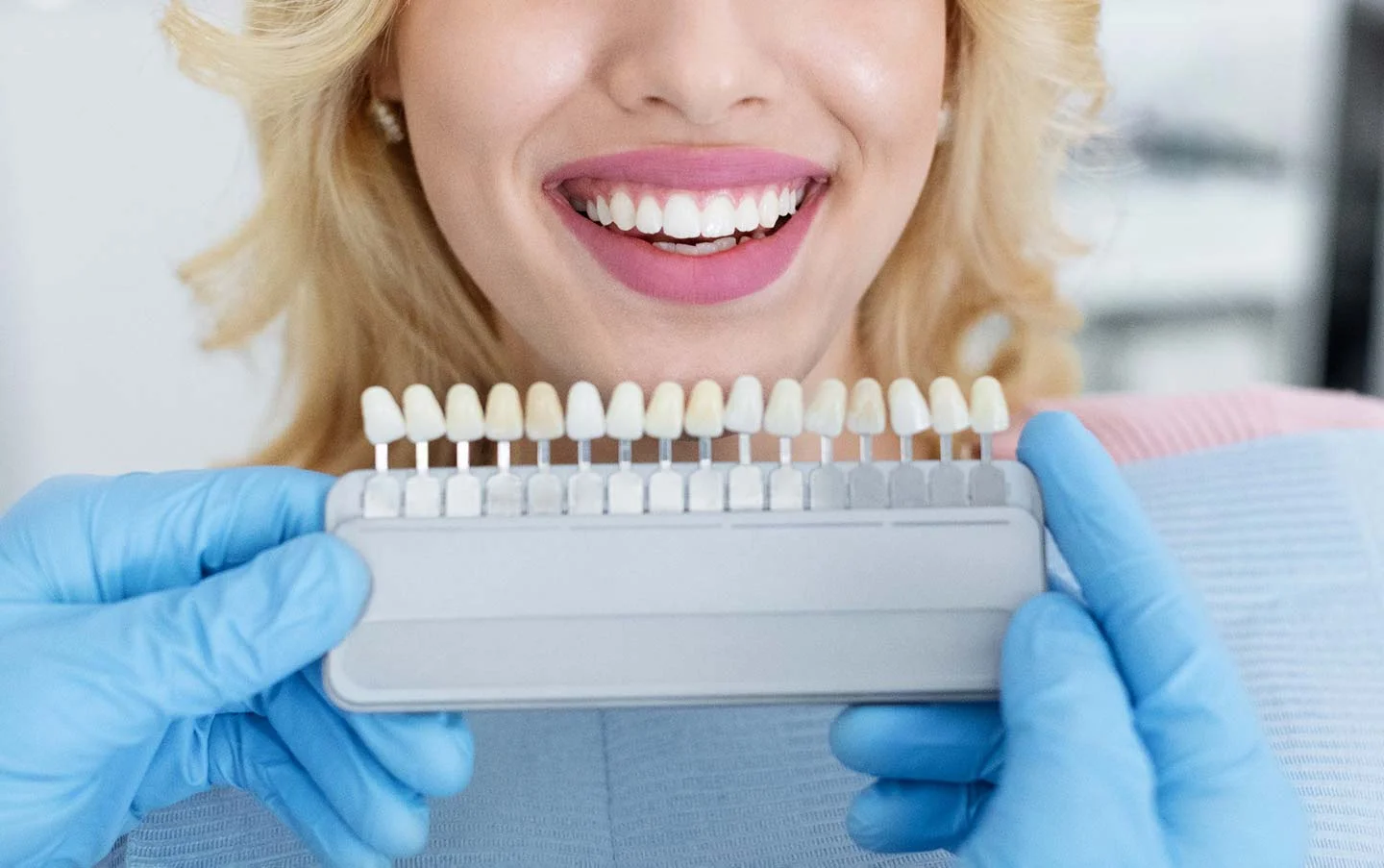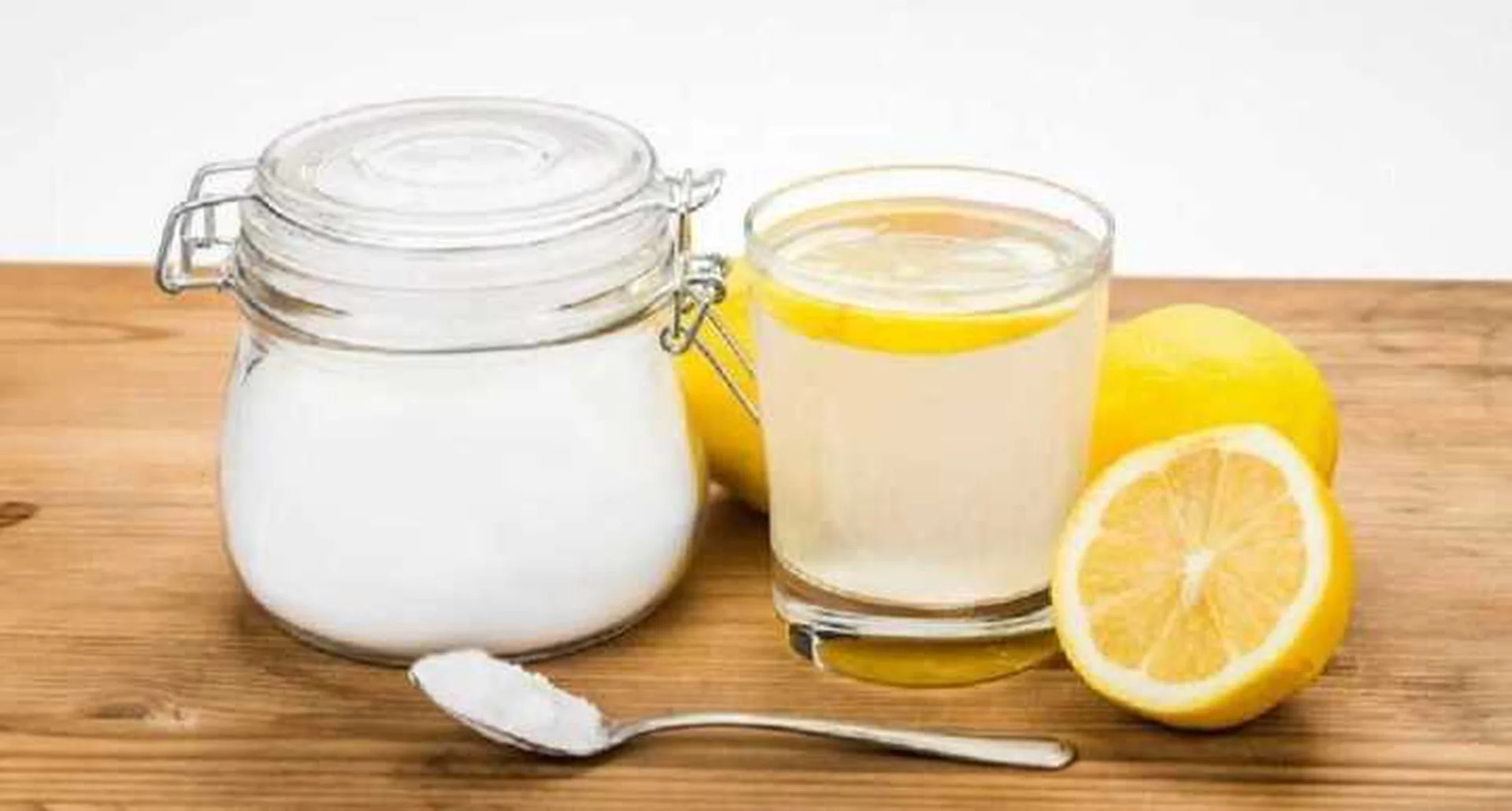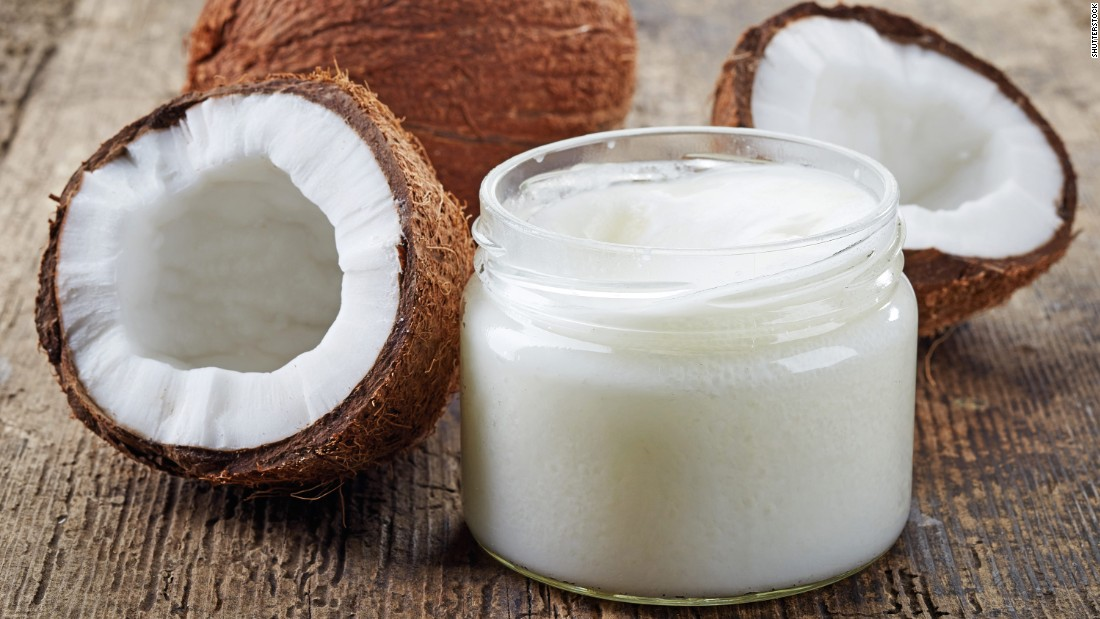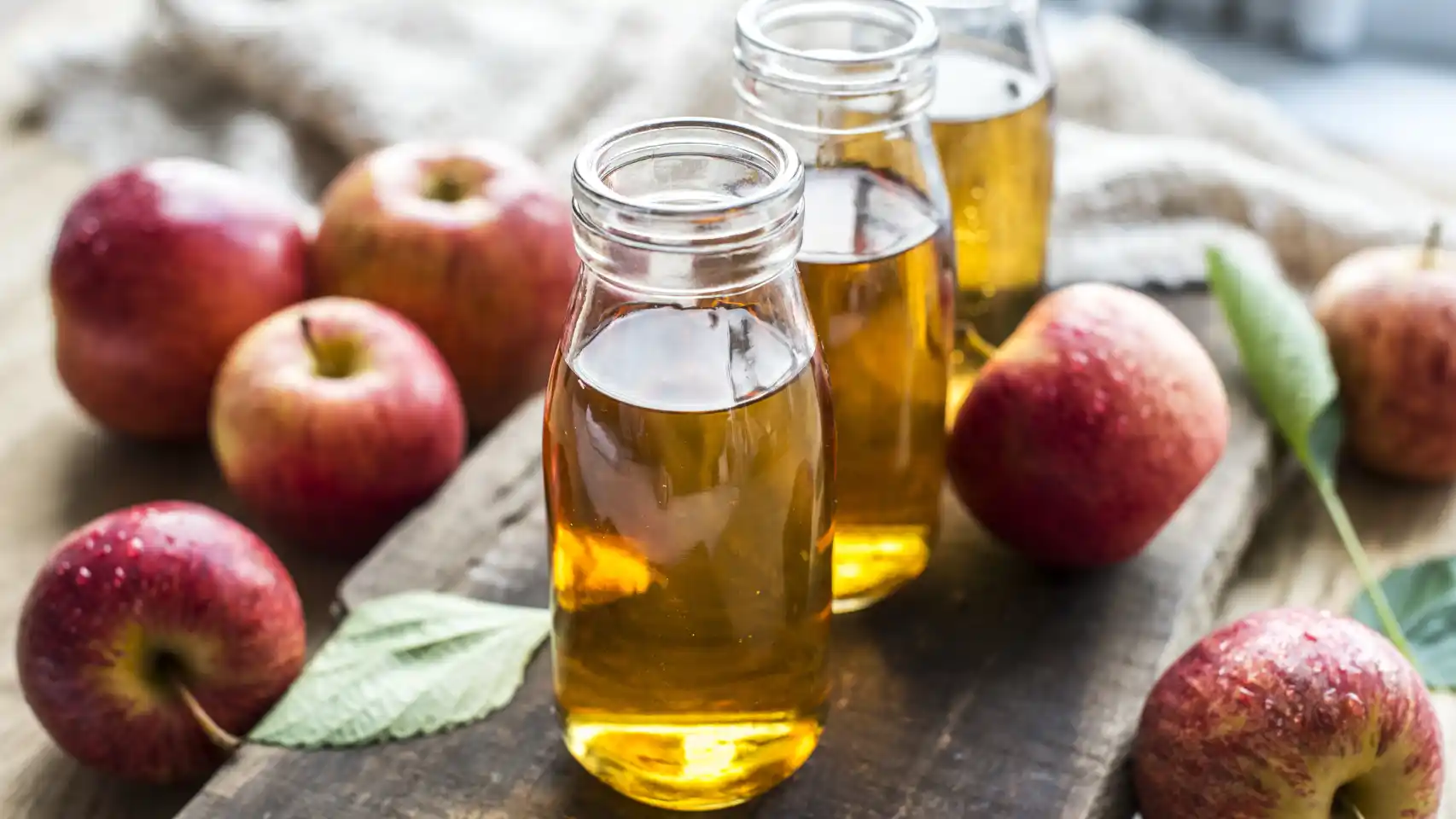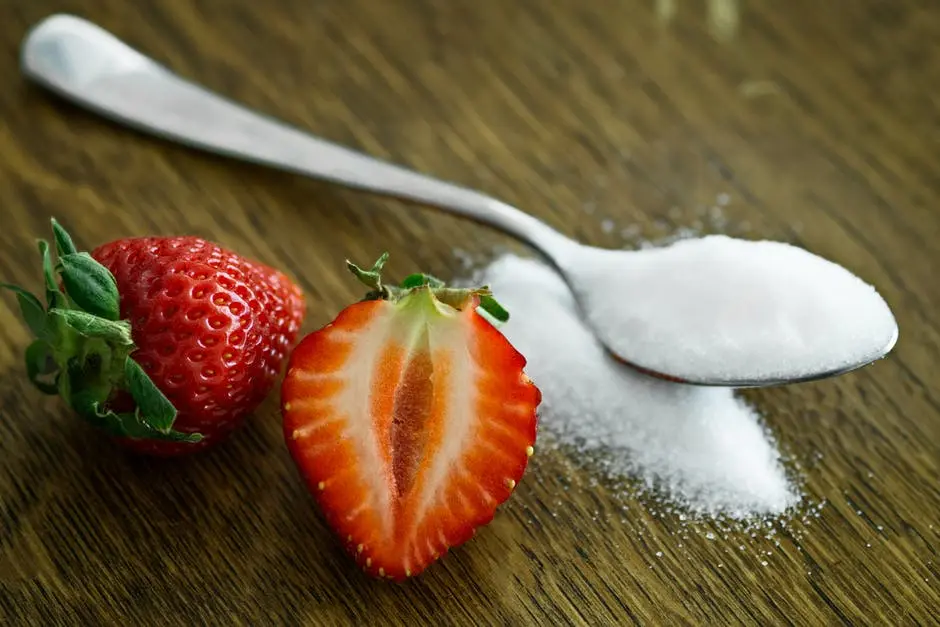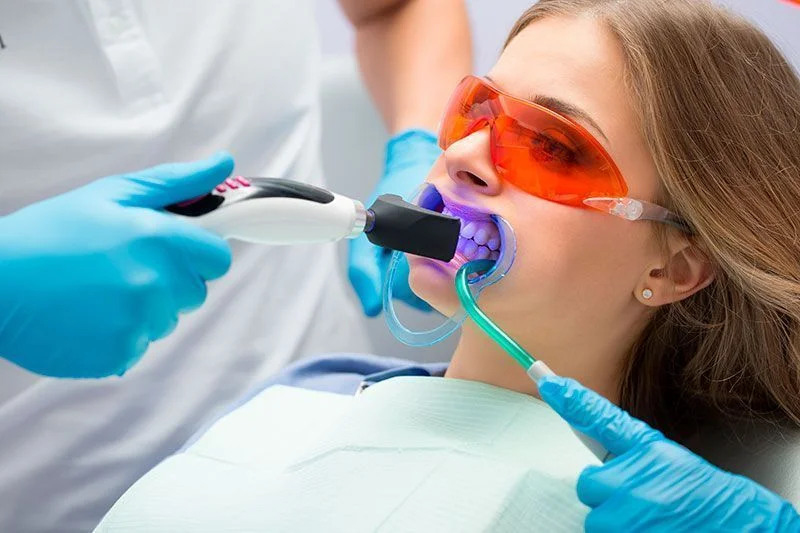Last Updated on: 12th December 2025, 05:52 am
DIY Teeth Whitening
In recent years, having a bright, white smile has become a priority for many people. Home teeth whitening has become a popular alternative to improve the aesthetics of your smile. Although there are numerous commercial and professional options, many people opt for home methods, many of them natural and inexpensive. This article explores various home teeth whitening techniques, including their benefits and risks.
Home Methods to Whiten Teeth
DIY teeth whitening can be an affordable and accessible alternative to professional treatments. Let’s explore some popular options.
Baking soda and lemon
A mixture of baking soda and a few drops of lemon can be effective in removing surface stains.
How to use it?
1. Preparation of the mixture:
Mix a teaspoon of baking soda with a few drops of fresh lemon juice until it forms a paste. The consistency should be enough to stick to your toothbrush without being too runny.
2. Application:
Apply the paste to your teeth with a soft toothbrush. It is important not to be too aggressive when brushing to avoid damaging tooth enamel.
3. Performance time:
Let the mixture act on your teeth for no more than a minute. The acidity of lemon can be harmful if left for longer.
4. Rinse:
Rinse your mouth carefully with water to completely remove the baking soda and lemon mixture.
Coconut oil
Coconut oil, used in the oil pulling technique, can help reduce bacteria in the mouth and promote whiter teeth naturally.
How to use it?
1. Choose the right oil:
● Use virgin coconut oil as it is purer and contains more beneficial nutrients.
● Make sure it is in a liquid state. If it is solid, heat it slightly until it melts.
2. “Oil pulling” technique:
● Take a tablespoon of coconut oil and place it in your mouth.
● Gargle and move the oil throughout your mouth, making sure it passes between your teeth. Do this for 10-15 minutes.
● It is important not to swallow the oil, as it absorbs bacteria and toxins from your mouth.
3. Rinse and final cleaning:
● Once the time is up, spit the oil into the trash to avoid clogging the pipes.
● Rinse your mouth with warm water to remove any oil residue.
● Finally, brush your teeth as you normally do to make sure your mouth is completely clean.
Apple vinegar
Apple cider vinegar, used as a mouthwash, can help remove stains.
How to use it?
1. Dilution:
Mix one part apple cider vinegar with two parts water to create a dilute solution. This dilution is important to reduce the acidity of the vinegar.
2. Use as mouthwash:
Use the solution as a mouthwash. Take a sip, gargle, and swish the liquid around your mouth for about a minute. Make sure not to swallow the solution.
3. Rinse with water:
Immediately after using apple cider vinegar, rinse your mouth with water to remove residual acid.
4. Post brushing:
Before brushing your teeth, wait at least 30 minutes after using apple cider vinegar. This allows your mouth’s pH to return to normal and reduces the risk of enamel damage.
Strawberry and baking soda paste
The strawberry and baking soda mixture can help remove superficial stains from your teeth. Strawberries contain malic acid, a natural teeth whitening agent.
How to use it?:
1. Selection and preparation of strawberries:
● Choose ripe and fresh strawberries, as they contain more malic acid.
● Wash the strawberries well to remove any residue or dirt.
2. Crushing the strawberries:
● Crush 1 or 2 strawberries until forming a paste.
● You can do it with a fork or in a mortar.
3. Application of strawberry paste:
● Use a soft toothbrush to apply the strawberry paste to your teeth.
● Spread the paste evenly, making sure to cover all areas of the teeth.
● Let the paste act on your teeth for about 5 minutes.
4. Rinse and clean:
● After the recommended time, rinse your mouth with water.
● Brush your teeth with your regular toothpaste to remove any strawberry residue.
Tips to Keep Teeth White
● Maintaining strict dental hygiene, including brushing and flossing, is crucial to preventing teeth stains.
● Limiting your consumption of coffee, tea, red wine, and coloring foods helps prevent discoloration.
● Regular visits to the dentist for professional cleanings are essential for dental health.
● During orthodontic treatments, hygiene measures must be intensified to prevent cavities and tooth color changes.
Comparison of Home Methods and Professional Treatments
Professional treatments are usually more effective and safer, but they are also more expensive. Homemade methods can be an option for those looking for a cheaper and more readily available solution.
Effectiveness
Professional treatments usually offer more noticeable results in less time compared to at-home methods.
Security
Safety is an important consideration. Some home methods can be harmful if used incorrectly.
Cost
Professional teeth whitening is more expensive than at-home methods, but also safer and more effective.
Risks and Warnings
It is vital to know the possible risks and side effects of home teeth whitening, such as tooth sensitivity and damage to enamel.
1. Side effects: Overuse of some at-home methods can cause tooth sensitivity or enamel damage.
2. There is not enough evidence: Although several of the methods mentioned could work to whiten teeth, not enough scientific evidence exists to support their effectiveness or
safety. If it is about whitening your teeth, the best option is to visit a dentist to choose the most appropriate treatment for each case.
3. Contraindications: People with sensitive teeth, cavities, cracks, or gum disease should avoid certain at-home methods.
4. Tooth sensitivity: Frequent use of acidic or abrasive products can increase tooth sensitivity.
5. Inconsistent results: Results may vary and are not always comparable to professional treatments.
6. Observe the reactions: If you notice any signs of erosion or increased sensitivity, stop using apple cider vinegar and consult a dental professional.
Professional Alternatives
● In-office whitening: Procedure performed in dental clinics, which sometimes uses LED light to activate a whitening gel.
● Personalized dental splints: Custom-made splints with whitening gel for use at home, under the supervision of a dentist.
● Whitening toothpaste: Formulated with special ingredients to help eliminate surface stains.
Conclusion
DIY teeth whitening can be a cheap and easy option, but it’s important to be aware of its risks and limitations. It is always recommended to consult with a dental health professional before undertaking any home treatment.
Frequently Asked Questions
How can I whiten my teeth quickly at home?
To whiten your teeth quickly at home, use a mixture of baking powder and lemon juice. Baking powder helps remove superficial stains on teeth, while lemon contains elements that contribute to teeth whitening. Simply combine a teaspoon of baking powder with a teaspoon of freshly-squeezed lemon juice. Use this paste to brush your teeth and you notice the results in just two minutes.
Are you looking for the best home method to whiten your teeth?
An excellent option is the combination of baking soda with hydrogen peroxide. Mix one tablespoon of baking soda and two tablespoons of hydrogen peroxide to form a paste. Brush your teeth regularly with this mixture for a brighter smile.
Is it possible to restore whiteness to teeth once they have turned yellow?
Absolutely. There are several strategies to restore the whiteness of your teeth after they have turned yellow. These include everything from modifying your choice of toothpaste and mouthwash to regularly attending professional teeth cleaning appointments.
What are the disadvantages of using baking soda to whiten teeth?
The disadvantages and risks of using baking soda to whiten teeth include potential damage to tooth enamel. This damage can increase the sensitivity of teeth to extreme temperatures, both hot and cold, and could make brushing your teeth a painful experience. Additionally, weakening enamel can increase the susceptibility of teeth to developing cavities.
Share:
References
1. Bell, B., MS, & RD. (Sep 7, 2021). 5 simple ways to naturally whiten your teeth at home. https://www.healthline.com/nutrition/whiten-teeth-naturally
2. Cirino, E. (Aug 24, 2017). How to get rid of yellow teeth. Healthline. https://www.healthline.com/health/dental-and-oral-health/how-to-get-rid-of-yellow-teeth
3. Schneider, K. (Nov 29, 2021). How to whiten your teeth: 4 home remedies. Cleveland Clinic. https://health.clevelandclinic.org/how-to-whiten-teeth/
4. Frisbee, E. (Oct 31, 2021). Teeth whitening. WebMD. R https://www.webmd.com/oral-health/teeth-whitening
5. Brennan, R. (Apr 2, 2023. Teeth whitening. WebMD. https://www.webmd.com/oral-health/teeth-whitening-and-bleaching
6. Torborg, L. (Jul 28, 2015). Mayo Clinic Q and A: Many safe choices available to help whiten teeth. Mayo Clinic News Network. https://newsnetwork.mayoclinic.org/discussion/mayo-clinic-q-and-a-many-safe-choices-available-to-help-whiten-teeth/
-
Nayibe Cubillos M. [Author]
Pharmaceutical Chemestry |Pharmaceutical Process Management | Pharmaceutical Care | Pharmaceutical Services Audit | Pharmaceutical Services Process Consulting | Content Project Manager | SEO Knowledge | Content Writer | Leadership | Scrum Master
View all posts
A healthcare writer with a solid background in pharmaceutical chemistry and a thorough understanding of Colombian regulatory processes and comprehensive sector management, she has significant experience coordinating and leading multidisciplina...



